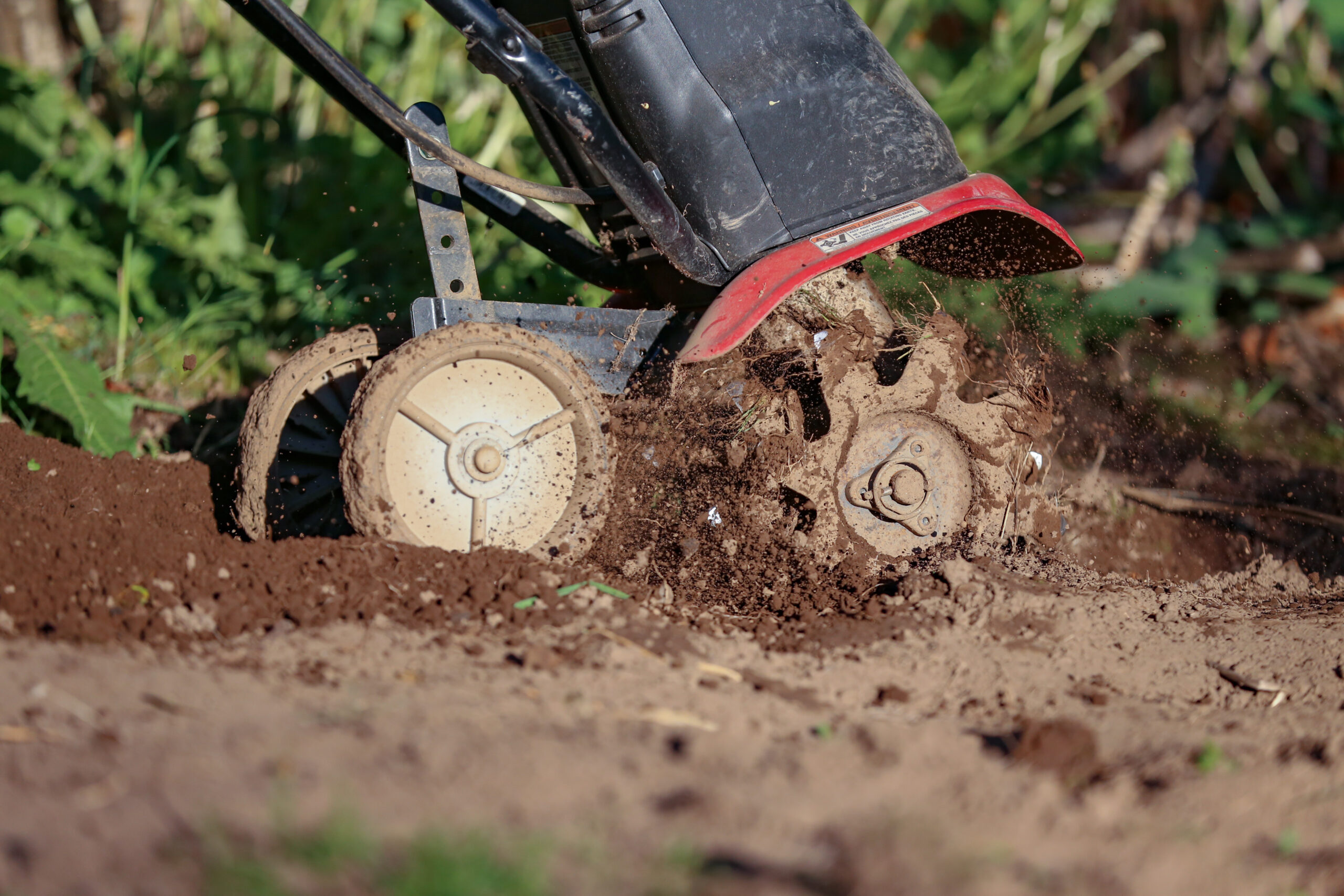This post may contain affiliate links which means I may receive a commission for purchases made through links. Learn more on my Private Policy page.
When it comes to choosing a tiller for your specific soil type, the task may seem daunting at first. But fear not, because we’re here to guide you through the process and make it as easy as possible. From heavy clay to sandy loam, each soil type requires a different approach when it comes to tilling. By considering factors such as the hardness, texture, and moisture content of your soil, you’ll be able to make an informed decision and select the right tiller that will ensure optimal results for your gardening or landscaping needs. So sit back, relax, and get ready to discover the key factors you need to know to choose the perfect tiller for your soil!
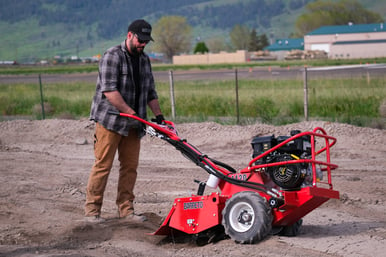
This image is property of blog.barretomfg.com.
Factors to Consider
When choosing the right type of tiller for your soil type, there are several factors that you need to take into consideration. These factors will help you determine the most suitable tiller for your specific needs. By understanding the composition of your soil, its texture, and moisture content, as well as considering your garden size, existing plants and roots, budget, and the various types of tillers available, you can make an informed decision. Additionally, considering the operating mechanism, rototiller sizes, and any additional features that you may require will ensure that you choose the right tiller that will effectively meet your gardening needs.
Soil Composition
Understanding the composition of your soil is essential in determining the right type of tiller for your gardening needs. Soil composition refers to the different proportions of sand, clay, silt, and organic matter in your soil. These components affect the overall fertility, drainage, and structure of your soil, which can impact the performance of your chosen tiller.
Identifying Soil Composition
To identify your soil composition, you can perform a simple soil test. This can be done by taking a small sample of your soil and observing its characteristics. By feeling the texture and observing the color and consistency of the soil, you can gain insights into its composition.
Clay Soils
Clay soils are characterized by their sticky, heavy texture and high water-holding capacity. They can become easily compacted, making it challenging for roots to penetrate and water to drain properly. If you have clay soils, you will need a tiller that can effectively break up the compacted soil and improve its drainage.
Sandy Soils
Sandy soils, on the other hand, are coarse and gritty in texture. They have large particles that do not hold water well, making them prone to drought. Tillers suitable for sandy soils should be able to improve water retention and help break up any compacted areas.
Loam Soils
Loam soils are considered ideal for gardening as they have a balanced composition of sand, silt, clay, and organic matter. Loamy soils are crumbly, well-draining, and fertile. In most cases, a standard tiller will work well with loam soils.
Peat Soils
Peat soils are characterized by a high organic matter content, making them very rich in nutrients. However, they can also be quite acidic and hold excessive moisture. Tillers that are compatible with peat soils should be able to adequately mix organic matter and improve drainage.
Silt Soils
Silt soils have fine particles that feel smooth and soft. They tend to be fertile but can be easily compacted. A tiller that can break up the compacted soil and improve its aeration would be suitable for silt soils.
Soil Texture
In addition to soil composition, soil texture is another crucial factor to consider when choosing the right type of tiller. Soil texture refers to the relative proportions of sand, silt, and clay in your soil.
Identifying Soil Texture
To identify your soil texture, you can perform a simple soil texture analysis. This can be done by taking a small sample of your soil and feeling its texture.
Heavy Soil
Heavy soils, also known as clay soils, have a higher proportion of clay particles. These soils tend to be dense and compacted, making it difficult for plants’ roots to penetrate and water to drain. Tillers capable of breaking up and aerating compacted soil would be suitable for heavy soils.
Light Soil
Light soils, also known as sandy soils, have a higher proportion of sand particles. These soils are loose and well-draining but may struggle to retain moisture and nutrients. Tillers that can improve water retention and mix organic matter into the soil would be suitable for light soils.
Medium Soil
Medium soils, also known as loam soils, have a balanced composition of sand, silt, and clay particles. These soils are considered ideal for gardening as they have good drainage while retaining adequate moisture and nutrients. Most standard tillers will work well with medium soils.
Soil Moisture
Soil moisture levels play a vital role in plant growth and determine the type of tiller that will best suit your needs. The moisture content in your soil affects its density and ability to be worked effectively.
Determining Soil Moisture
To determine the moisture level in your soil, you can perform a simple soil moisture test. This can be done by squeezing a handful of soil and observing its moisture content.
Dry Soil
Dry soil lacks sufficient moisture and can be challenging to work with. Tillers capable of effectively breaking up dry soil and incorporating moisture would be suitable for this condition.
Moderately Moist Soil
Moderately moist soil provides ideal conditions for tillage. Most standard tillers will work effectively with moderately moist soil.
Wet or Clayey Soil
Wet or clayey soil contains excessive moisture and is highly compacted. Working with wet soil can be challenging and may require specific tillers that can effectively break up compacted soil and improve drainage.
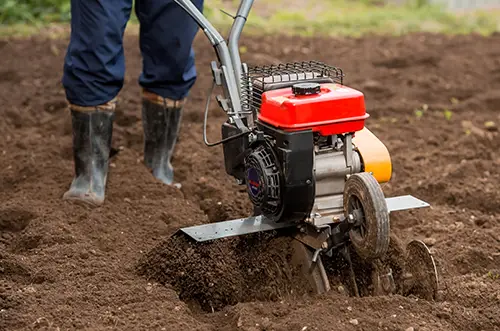
Garden Size
Consider the size of your garden when choosing the right tiller. The size of your garden will determine the type and size of tiller that will be most efficient and practical for your needs.
Small Gardens
If you have a small garden, a mini tiller or cultivator would be a suitable choice. These tillers are lightweight, maneuverable, and perfect for smaller areas as they can easily navigate between plants.
Medium Gardens
For medium-sized gardens, rear-tine tillers or front-tine tillers would be suitable choices. These tillers have more power and can handle larger areas more efficiently.
Large Gardens
If you have a large garden, you will need a powerful tiller to handle the workload. Consider a heavy-duty rear-tine tiller with a wide tilling width to cover large areas in less time.
Existing Plants and Roots
Consider the existing plants and roots in your garden when selecting the right tiller. Different types of tillers are better suited for specific gardening applications.
Bare Land or New Beds
If you have bare land or new beds without existing plants or roots, you have more flexibility in choosing the type of tiller. Most standard tillers would work well in these situations.
Established Gardens
For established gardens with delicate plants and established root systems, a tiller with adjustable tilling width and depth would be beneficial. This allows you to work around existing plants and roots without causing damage.
Presence of Trees or Shrubs
If you have trees or shrubs in your garden, consider a tiller with a narrow tilling width to work efficiently around these obstacles.
Veggie Gardens
Veggie gardens often require precise and shallow tilling. Consider a mini tiller or cultivator with adjustable tilling depth for your vegetable beds.
Ornamental Flower Beds
For ornamental flower beds, a tiller with a foldable design and transport wheels can provide convenience and ease of maneuverability, especially in confined spaces.
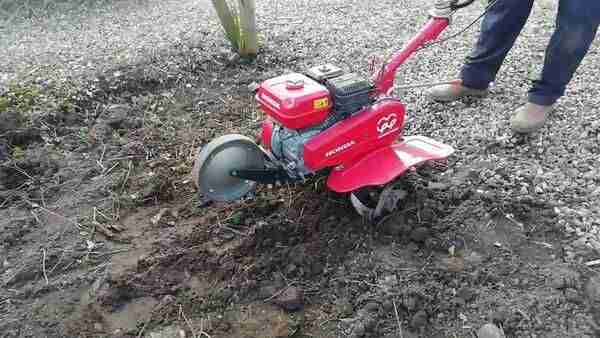
This image is property of www.growerexperts.com.
Budget
Determining your budget is an important consideration when selecting the right tiller for your soil type. Tillers come in a range of price points, and your budget will determine the features and capabilities you can afford.
Under $100
If you have a limited budget, there are mini tillers and cultivators available that can still meet your needs. While they may have limited power and features, they can effectively handle smaller gardening tasks.
$100 to $300
Within this price range, you can find a variety of tillers suitable for different soil types and gardening needs. You can expect more power, adjustable features, and additional attachments.
$300 to $500
In this price range, you can find high-quality tillers with more power and advanced features. These tillers are suitable for medium-sized gardens and offer enhanced performance and durability.
Over $500
If you are willing to invest in a premium tiller, you can access top-of-the-line models with the most powerful engines, advanced tilling features, and increased durability. These tillers are ideal for large gardens and professional use.
Tiller Types
Consider the different types of tillers available and their specific features and capabilities. Choosing the right tiller type will ensure that it can effectively handle your soil type and meet your gardening needs.
Cultivators
Cultivators are lightweight machines suitable for small gardens and tight spaces. They are perfect for mixing soil amendments, weeding, and aerating without the need for deep tilling.
Front-Tine Tillers
Front-tine tillers have tines located in front of the machine and are suitable for medium-sized gardens. They provide excellent maneuverability and digging power, making them ideal for breaking up compacted soil.
Rear-Tine Tillers
Rear-tine tillers have tines located behind the wheels and are capable of handling large gardens and heavy-duty tasks. They provide enhanced traction, stability, and digging power, making them ideal for tackling challenging soil conditions.
Mini Tillers
Mini tillers, also known as mini cultivators, are lightweight and easy to maneuver. They are suitable for small areas and light gardening tasks such as weeding and aerating.
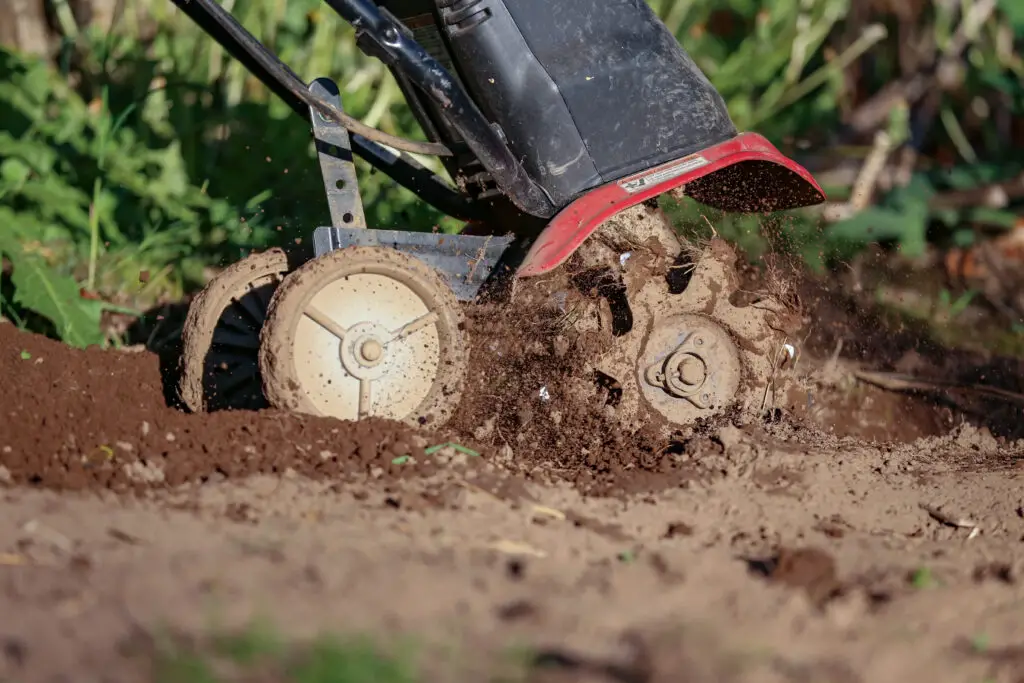
This image is property of modernfarmer.com.
Operating Mechanism
Consider the operating mechanism of the tiller when making your selection. The operating mechanism determines how the tiller is powered and its level of convenience and ease of use.
Gas-Powered Tillers
Gas-powered tillers are the most common and powerful type of tiller. They run on gasoline and offer increased mobility, making them suitable for larger areas. Gas-powered tillers require regular maintenance and may produce emissions.
Electric-Powered Tillers
Electric-powered tillers are quieter and more environmentally friendly compared to gas-powered tillers. They require an electrical outlet and are limited by the length of their cord. Electric-powered tillers are suitable for small to medium-sized gardens.
Battery-Powered Tillers
Battery-powered tillers offer portability and convenience. They are cordless, making them ideal for small to medium-sized gardens with limited access to power sources. Battery life and power may vary, so consider this when choosing the right tiller for your needs.
Additional Features to Consider
Consider any additional features that may be beneficial for your gardening needs. These features can enhance the performance and ease of use of your tiller.
Adjustable Tilling Width
Tillers with adjustable tilling width allow you to customize the width of your tilling path, making it easier to work around obstacles or narrow spaces.
Adjustable Tilling Depth
Tillers with adjustable tilling depth allow you to control how deep the tines penetrate the soil. This feature is especially useful when working with different plants and soil types.
Counter-Rotating Tines
Tillers with counter-rotating tines help dig deeper and break up compacted soil more effectively. This feature is beneficial for heavy-duty gardening tasks.
Foldable Design
Tillers with a foldable design offer ease of storage, particularly if you have limited space in your garage or shed. This feature also makes transportation more convenient.
Transport Wheels
Tillers with transport wheels enhance mobility, making it easier to move your tiller from one area to another without the need for lifting or additional tools.
Reverse Gear
Tillers with a reverse gear allow you to easily maneuver your tiller in tight spaces, making it easier to work around obstacles or change directions.
Attachments
Consider the availability of attachments for your tiller. Some models offer additional attachments such as edgers, plows, and furrowers, which can expand the versatility and functionality of your tiller.
Ease of Use
Consider the overall ease of use of the tiller, including features such as ergonomic handles, user-friendly controls, and intuitive operation. These factors can enhance your overall experience and productivity.
Maintenance Requirements
Different tillers have varying maintenance requirements. Consider the level of maintenance you are willing to provide and choose a tiller that aligns with your preferences and capabilities.
Manufacturer’s Warranty
Lastly, consider the manufacturer’s warranty. A longer warranty period indicates the manufacturer’s confidence in their product’s durability and reliability. A warranty can provide peace of mind and protection against any defects or malfunctions that may occur.
By considering all these factors, you can confidently choose the right type of tiller that suits your specific soil type and gardening needs. Remember to prioritize your soil composition, texture, and moisture levels, as well as the size of your garden, existing plants, and your budget. Additionally, consider factors such as tiller types, operating mechanisms, additional features, and maintenance requirements to ensure a successful and enjoyable gardening experience. Happy tilling!

This image is property of etractorimplements.com.
This post may contain affiliate links which means I may receive a commission for purchases made through links. Learn more on my Private Policy page.

